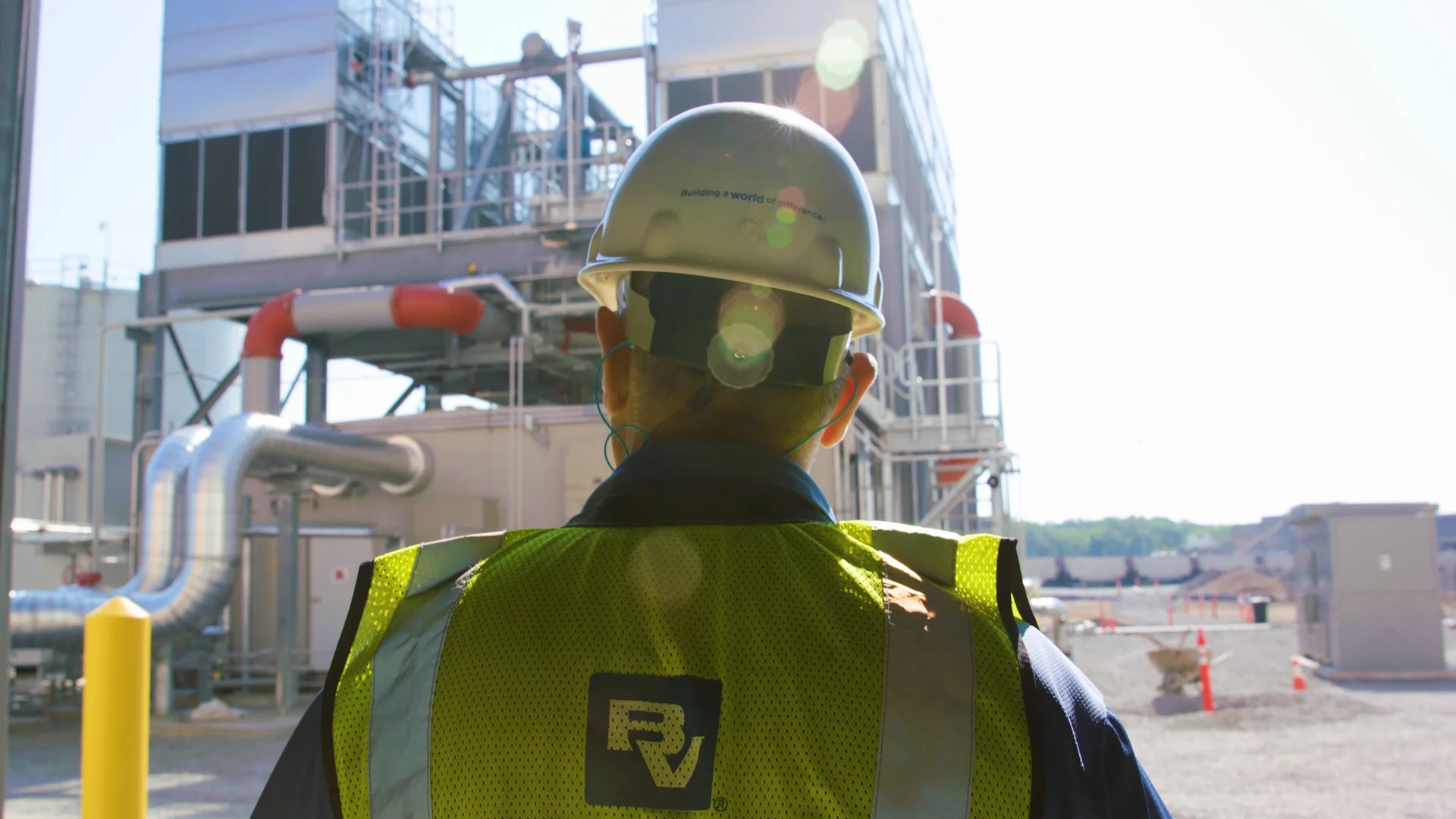
The Human Factor: A Key Component of a Company’s Cybersecurity Posture
In the digital age, advanced technologies are essential for securing critical infrastructure—but the human element remains just as crucial.

In today’s digital landscape, cybersecurity assessments are critical for protecting the operational technology (OT) that is foundational to critical infrastructure systems. These assessments are more than a regulatory checkbox; they’re essential to building resilient cybersecurity programs. Here’s the basics that critical infrastructure providers should know about four key assessment types and how they collectively bolster cybersecurity.
A vulnerability assessment is designed to identify and prioritize weaknesses in an organization’s cyber defenses. For critical infrastructure providers, these assessments focus on high-risk areas—such as industrial control systems (ICS)—that are increasingly being targeted by cyber adversaries. Vulnerability assessments help organizations identify high risk vulnerabilities used to then develop a roadmap for remediation by prioritizing which vulnerabilities pose the greatest risk.
Beyond identifying weaknesses, vulnerability assessments also provide insight into how an attacker might exploit these flaws. Unlike penetration tests, which simulate attacks—posing high risk to ongoing operations—vulnerability assessments focus on identifying potential entry points without disrupting operations. This safer approach allows organizations to address issues proactively (such as outdated software or poor password hygiene) to enhance their security posture while minimizing the risk of operational downtime.
While vulnerability assessments focus on identifying weaknesses, risk assessments evaluate the potential consequences of a cyberattack on OT infrastructure. This type of assessment considers the business impact of an attack, examining factors such as the potential cost of system downtime, data loss, and reputational harm. Risk assessments use a combination of frameworks, industry standards, and specific criteria to quantify threats. Some organizations may apply Cyber Risk Quantification (CRQ) methods to align cybersecurity risks with business impacts, enabling them to prioritize mitigation efforts. By understanding their risk landscape, infrastructure providers can make informed decisions to balance cybersecurity investments with operational resilience.
A security control assessment examines the effectiveness of an organization’s cybersecurity defenses, evaluating whether existing controls have been properly implemented. For OT environments, these assessments focus on control measures for access management, incident response and data protection. Security control assessments help organizations identify deficiencies and implement robust controls to mitigate vulnerabilities over time.
A common recommendation that emerges from these assessments is the need for improved incident response protocols. Without a well-defined incident response plan, even minor incidents can escalate into major disruptions. Organizations are encouraged to conduct annual “tabletop exercises” to simulate cyber incidents and refine their response strategies. By regularly testing and enhancing security controls, infrastructure providers can maintain an adaptable and resilient cybersecurity posture.
Compliance assessments help organizations meet regulatory requirements and industry standards, which are crucial for maintaining operational credibility and avoiding fines. For critical infrastructure providers, frameworks such as ISA/IEC 62443 and National Institute of Standards and Technology (NIST) Cybersecurity Framework (CSF) provide guidance on maintaining security for OT systems.
Compliance assessments often involve interpreting regulatory standards, like North American Electric Reliability Corporation (NERC) Critical Infrastructure Protection (CIP), American Water Infrastructure Act 2018 (AWIA) or the NIS2 Directive in the European Union, and applying them to specific OT environments. These assessments provide a roadmap for meeting requirements, ensuring that organizations are audit-ready and compliant. However, due to the broad nature of the standards and regulations, skilled professionals are needed to interpret and implement them effectively. By performing regular compliance assessments, critical infrastructure providers can meet evolving regulatory demands and demonstrate their commitment to cybersecurity, going a step further than just compliance, enhancing the security and safety of their operations with robust cybersecurity programs.
Cybersecurity threats are constantly evolving, making it essential for organizations to assess and monitor their security posture regularly. While many companies perform a single assessment and focus on maintenance, experts recommend a more structured approach to stay ahead of emerging threats. An initial cybersecurity assessment serves as an entry point, helping organizations understand their vulnerabilities and establish a baseline for improvements. Following the assessment, a roadmap for remediation should be developed, combining both strategic planning and implementation.
To maintain resilience, organizations should consider periodic checkpoints. Annual vulnerability assessments and tabletop exercises allow for the identification of new risks and help ensure that remediation measures remain effective. A robust monitoring solution, in addition to these proactive assessments, provides ongoing insights to protect against evolving cyber threats. Black & Veatch’s Cyber Asset Lifecycle Management (CALM) services support these efforts, offering tailored assessment services and guidance to create and execute effective remediation plans. By adopting a continuous improvement approach, critical infrastructure providers can build a resilient security framework with the flexibility needed to navigate future challenges. Learn more about Black & Veatch’s industrial cybersecurity solutions here.
